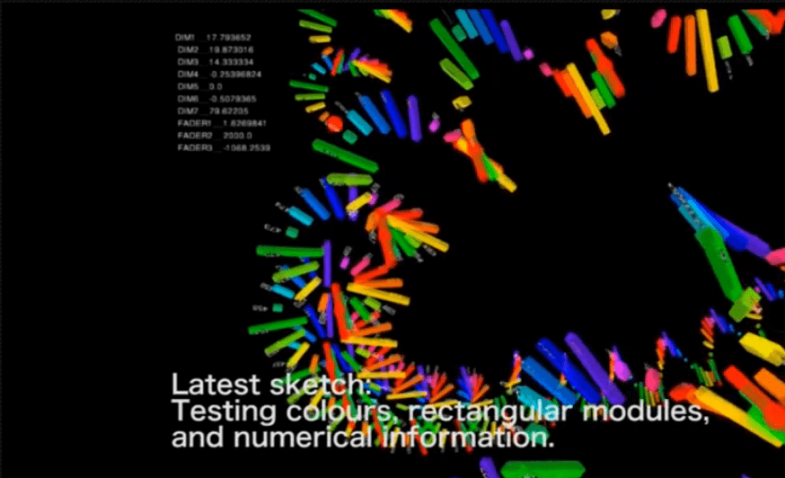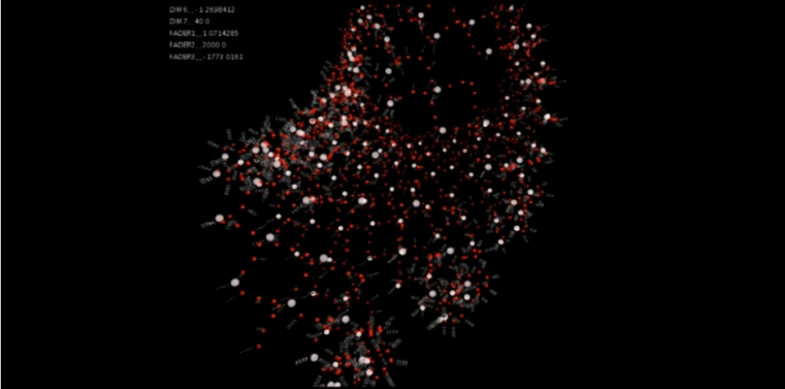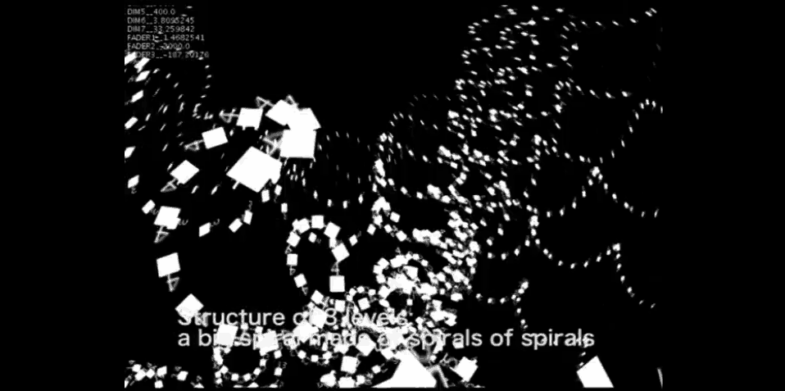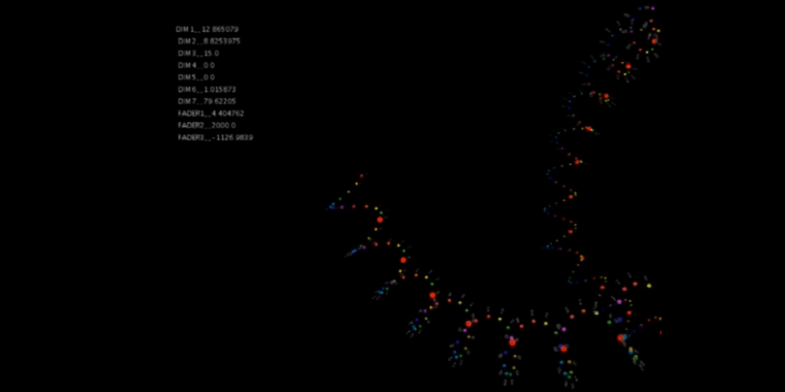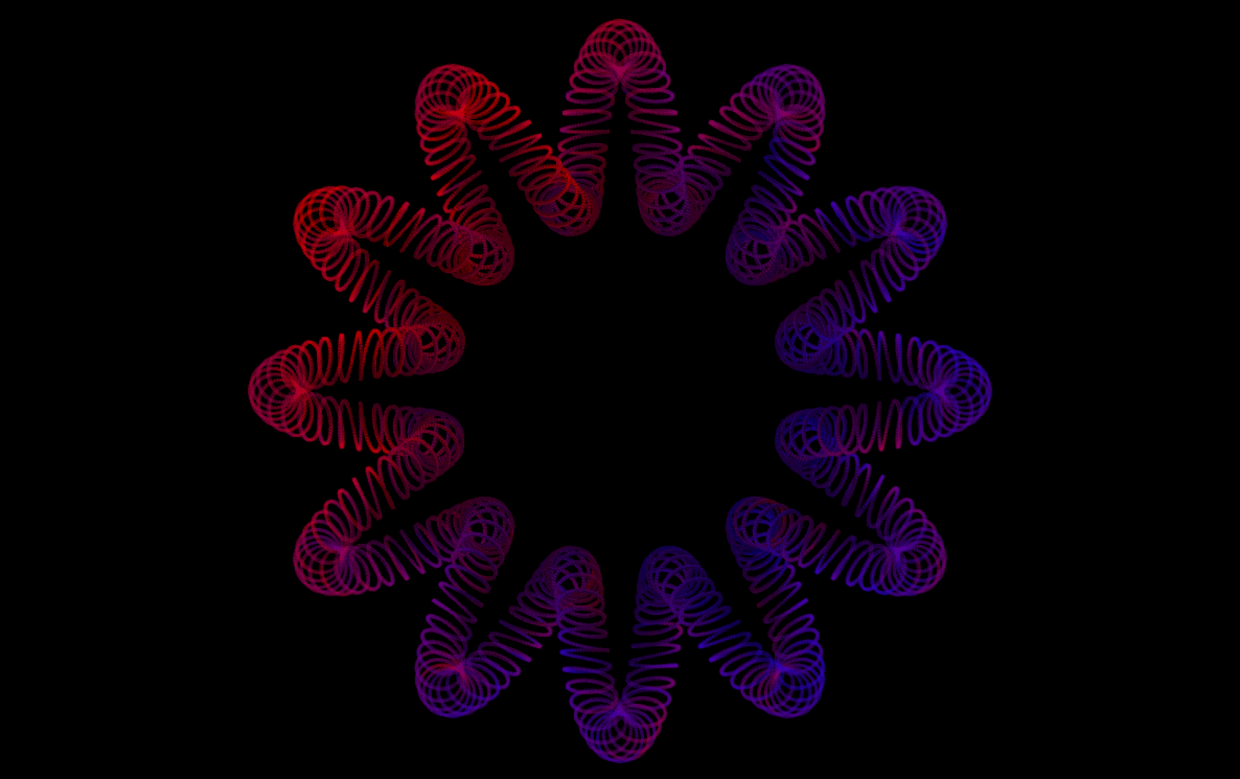The work “Spirals within Spirals” is part of the artworks from the European project Frontiers in Retreat, related to art and ecology.
This project reflects on the importance of how we describe reality. Each culture has different ways to understand, define and describe their environment.
I firmly believe that our approaches to what we call reality affect the reality itself. I believe that metaphors we use in our daily life determine the way we understand our life, and at the same time transform or generate this life itself.
For this work I went back to my experiences while travelling in India. There I felt, and somehow realized, that their description of time is different from mine, belonging to the western culture. Time for them was not described systematically as a line, and the ideas of progress, evolution, increase, etc where not beneath their daily way of relating to time.
I felt that their time was a more organic one, connected to myths and explanations of their reality that diverge from our definitions of time, much more linear, straight and rigid.
This project is a visualization tool, it triggers in the example above the temperature information of Barcelona during 2016, but it can map any other information that fits the right format. Instead of representing time an temperature in a Cartesian mode, using the X axis and Y axis, it uses a 3D representation of a fractal structure. If you observe the form, it is always a part of a spiral. If you zoom out it is a year representing a big spiral loop, if you zoom in to a month you will see another spiral, looping every 30 days approximately, finally, if you zoom even more, you will see the spirals of each day with 24 cubes that represent the average temperature of the hour in a scale of colours from cold to hot.
This is an ongoing research on new manners to represent data, focusing on two core ideas:
1) how we thing reality is how we relate to reality, and that has important effects on how we “use”, “waste” or “understand” nature, hence it has ecological effects.
2) thinking about time as a recursive, fractal, organic structure, might help us think about our resources in a more recursive, fractal and organic way, hence maybe it might help us to see, think or understand natural resources in a more sustainable way.
This work in progress work and an open research process related to artistic approaches on scientific data visualizations, see below some of the screen shoots of the work in progress.
Find the ongoing development in processing.org at the github repository SpiralsWithinSpirals
https://github.com/quelic/SpiralsWithinSpirals
